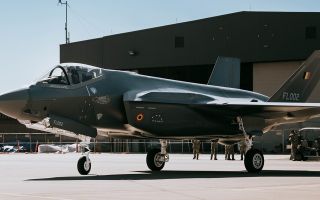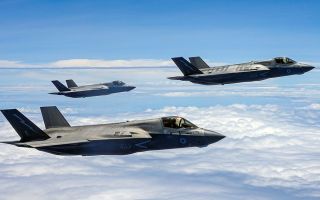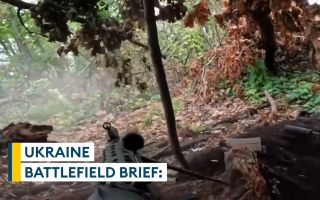
What can the Challenger 3 learn from German tank shortcomings in Ukraine?

The new British Challenger 3, or rather the Challenger 2 upgrade, is about to come into service.
So the performance of the Leopard 2, which shares much - including the same manufacturer with Challenger 3, in Ukraine is of concern and must be noted.
The holy trinity of tank design, firepower, protection and mobility, needs a good, hard study after three years of tank action in Ukraine, which can be forensically studied due to the ubiquitous video available of almost every tank round fired.
Axiomatically to some, it is probably protection which requires the sternest dissection, with £5m tanks being destroyed by £500 drones.
The leaked report from the German defence ministry about the shortcomings of the Leopard 2 in Ukraine should come as no surprise to anybody who even has a cursory understanding of German tank history, or even Western tank history in general.
It is no surprise to me, who has spent thousands of hours on the ancient British Chieftain tank as well as the latest Challenger 2.
To the uninitiated, it may spell the end of the tank after 110 years as the king of the battlefield, but this would be a failed assumption.
And with the new British tank, imaginatively called Challenger 3, about to hit the streets, made by German tank-maker Rheinmetall, they must take on board the identified shortcomings of Leopard 2, or it too will fail.
The Leopard 2 is a technical marvel, as was the German Tiger tank in the Second World War.
It has a very complex fire control system, an outstandingly powerful MTU power pack, or engine to the non-tankies, and an excellent 120mm smoothbore gun.
But it's very susceptible to drone and top-attack, very difficult to fix if damaged or broken down, and very few in number.
I could equally be describing the Tiger of yesteryear.
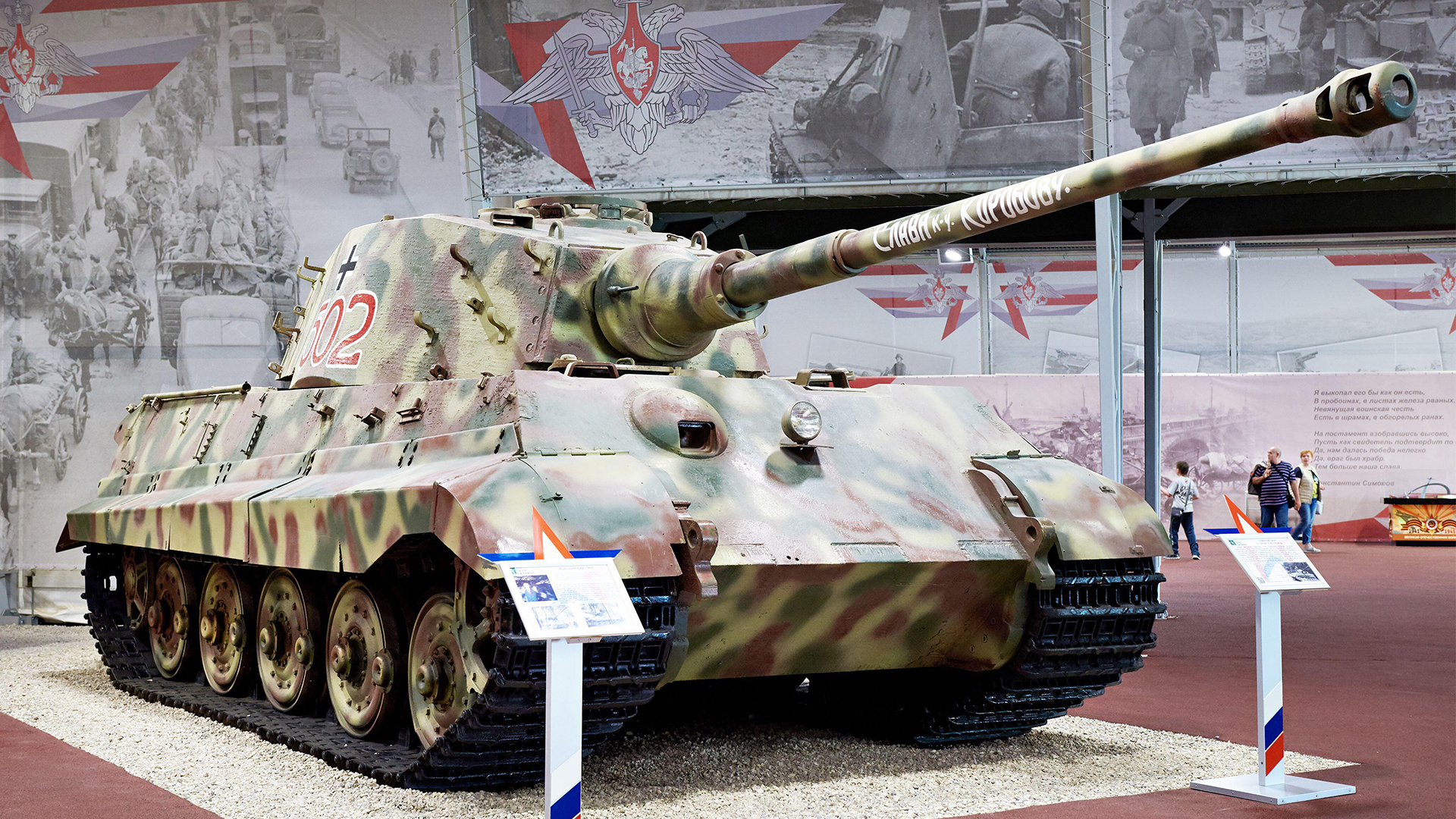
The Challenger 3 is getting the 120mm smoothbore main gun of the Leopard 2, but Ukrainian tank crews rave about the Challenger 2's 120mm rifled gun, which can take out Russian tanks at more than 3km compared to the 2km for the Leopard 2.
It can also fire artillery-type shells out to 17km, again appearing to have much utility on the Ukrainian battlefront.
The first issue identified is how difficult it is for Ukrainian soldiers to mend these tanks and keep them battleworthy.
If the engine breaks, it must be taken hundreds of miles for repair in a specialist facility, whereas the old, simple engines of the Russian tanks can be easily fixed by any automotive mechanic in situ.
The first tank I commanded was a Chieftain, designed in the 1950s, which had a "London bus" engine to power it.
The engine frequently stopped when the fuel injection solenoid got stuck shut. This was simply remedied using a clothes peg to keep it open! A similar problem with a Leopard 2 or Challenger 2 would require a new engine.
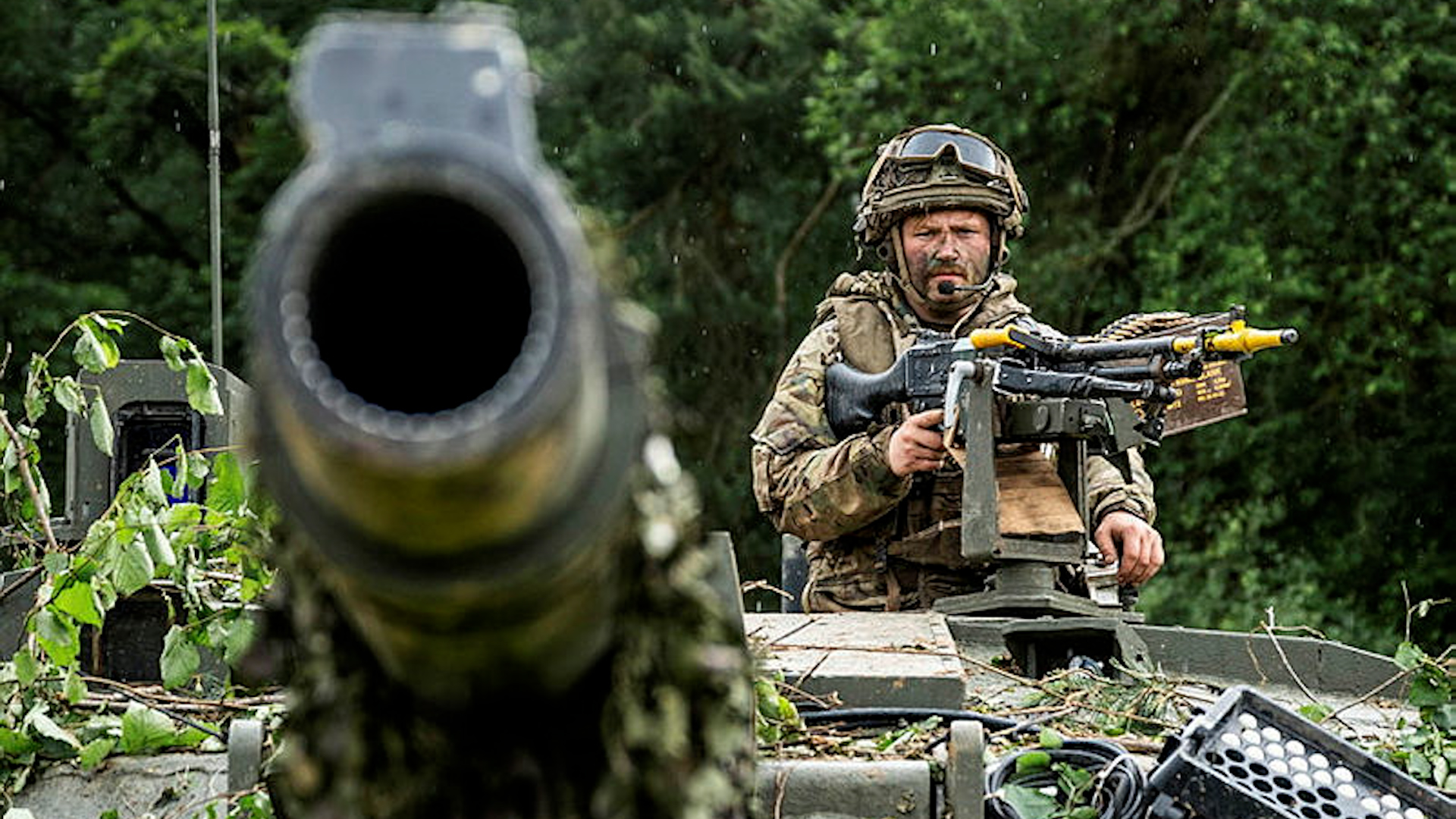
Secondly, these multimillion-pound tanks have become very susceptible to the ubiquitous £500 drones, which destroy them at an alarming rate.
The Leopard 2 and Challenger 2 were designed when there was no drone threat, and for manoeuvre warfare, not static trench action as in Ukraine.
Even at the battle of Cambrai in 1917 the crews were very concerned that Germans were throwing hand grenades onto the roof of these early tanks where the armour was thinnest and destroying them.
They quickly put chicken wire cages on the top, which effectively countered this threat.
To a certain extent the metal cages now being welded onto the Leopard 2s and Challenger 2s is countering the drones. But not until these tanks are fitted with the developing defensive aid suites, like multiple anti-drone lasers, will this threat be reduced to manageable proportions.
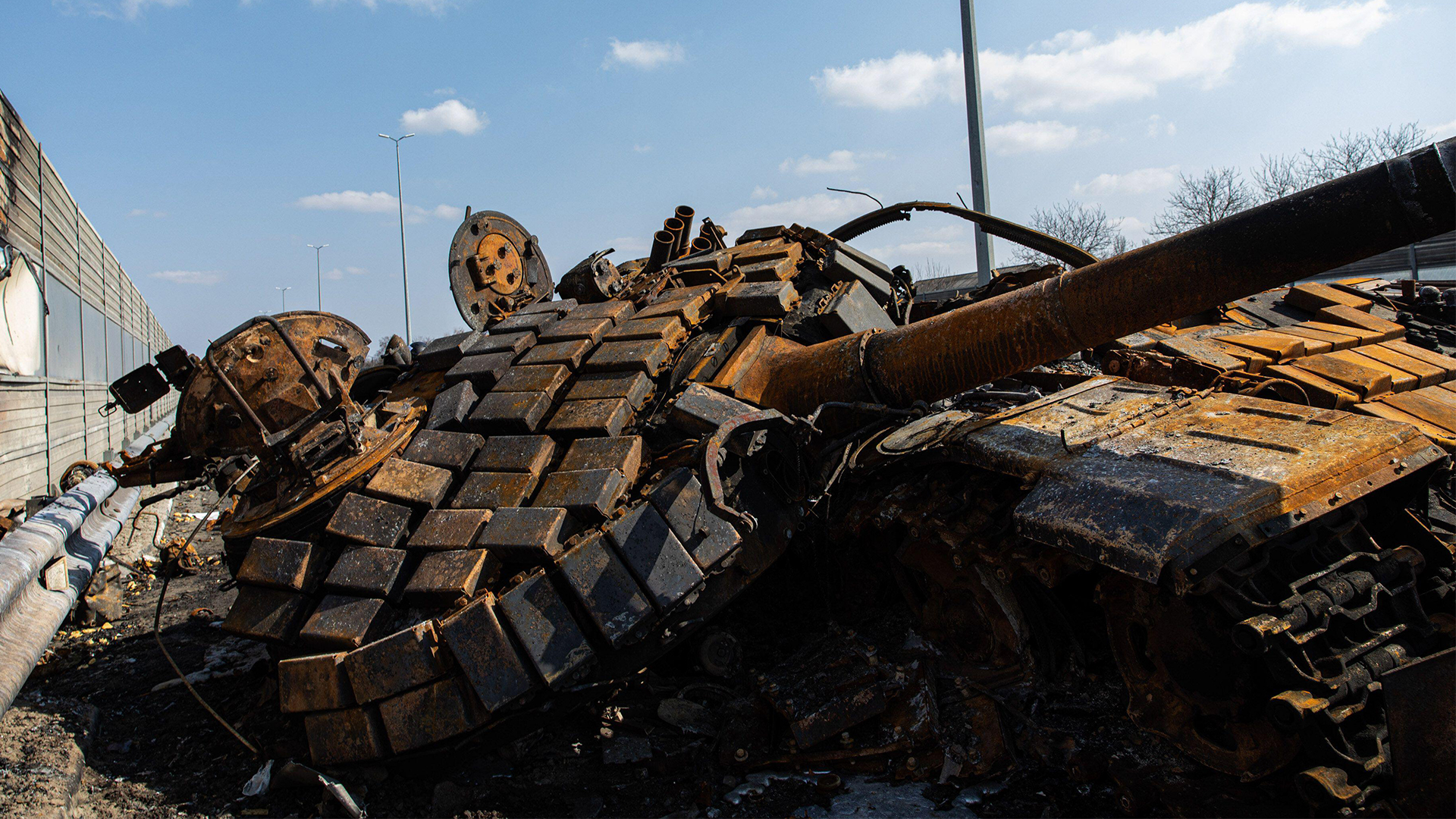
The third shortfall is "mass", or numbers, simply put. The Germans ostensibly lost WW2 because they could not match the mass the Allies could generate.
For instance, in the later stages of the war, the Allies produced around 60,000 Sherman tanks, which eventually overwhelmed the more sophisticated and capable few thousand Tiger and Panther tanks.
Hence, the 18 Leopard 2s and the 14 Challenger 2s barely scratch the surface in Ukraine today.
The report does state that the much more numerous, older and simpler Leopard 1s are highly effective.
Just 148 Challenger 3s are planned to come into service by 2030 which, if attrition rates in Ukraine are anything to go by, would last a couple of weeks!
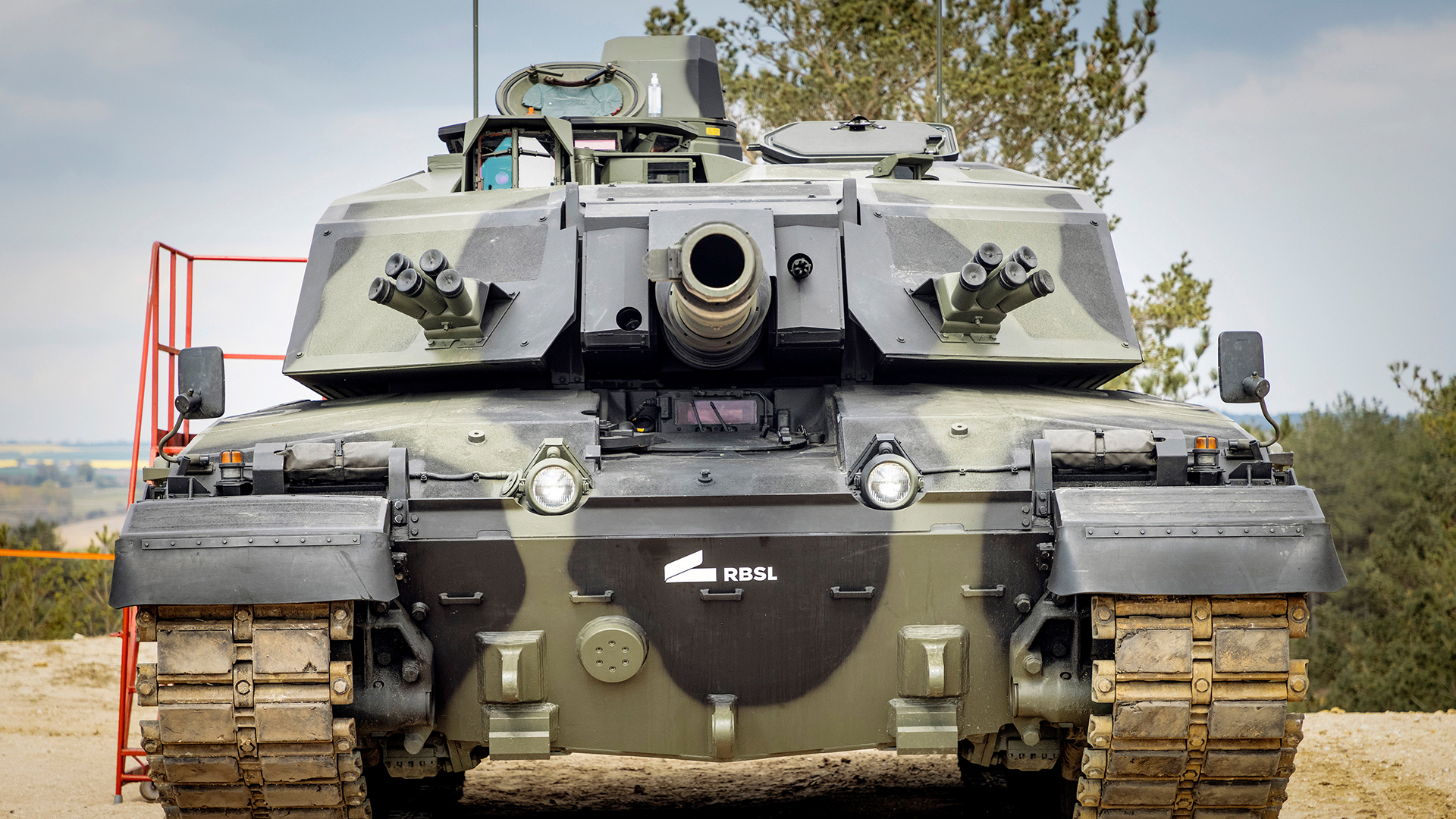
There are many important lessons that Western armies and tank people must learn from these issues that have been identified.
And as the Ministry of Defence is currently developing a "new" tank with the German tank manufacturer, they must be addressed now in order to produce an effective fighting platform for the next few decades.
It is the same old German tank story from WW2 – too complex, too easy to hit, too difficult to maintain and too few!
Whitehall, please take note... serious note!
Hamish de Bretton-Gordon is a former tank commander and commander of the 1st Royal Tank Regiment. His next book, which has a working title of The Tank Commander's View, is set to be published next year.


